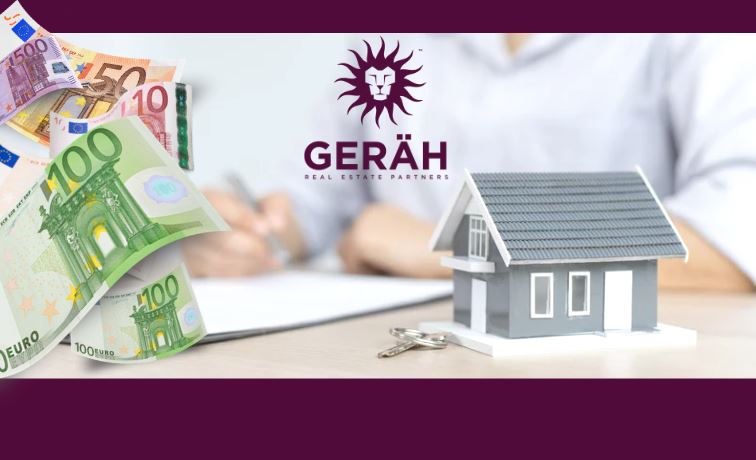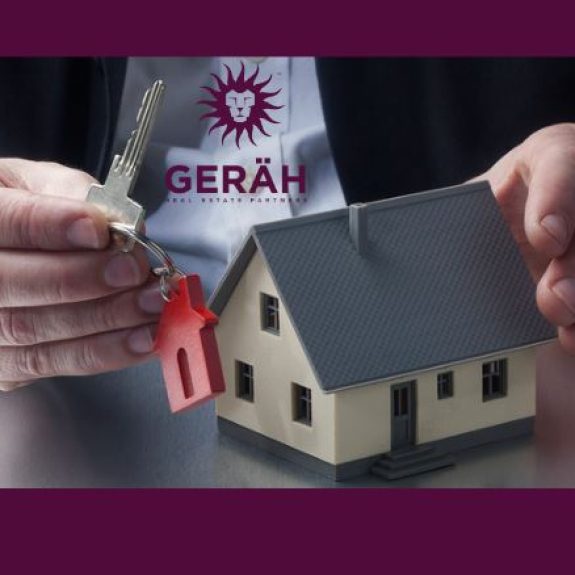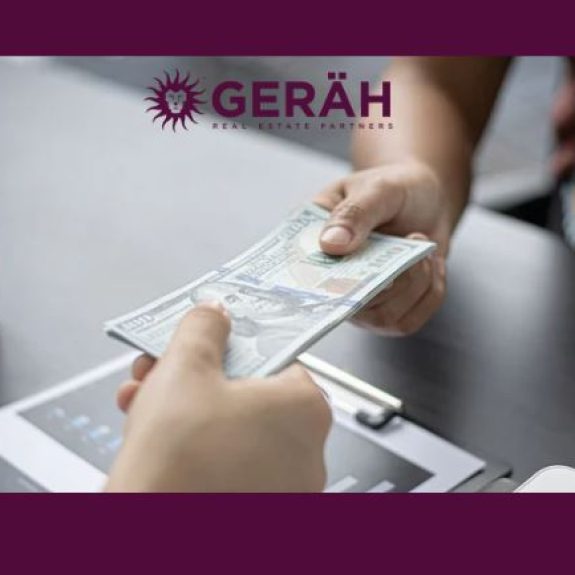How to Obtain a 15% Net Return by Buying with a Mortgage?
- ·


There are many real estate investors who prefer to buy cash, for various reasons. A well-justified one is when you simply do not have access to financing. But if you did haveaccess to financing, would it be better to buy in cash or with financing?
Tanswer this question, the Geräh Real Estate Partners team has created this simple Case Study, based on a real investment in which we collaborated for its acquisition and management.
The fourth floor apartment without an elevator in Madrid, do I buy it in cash or with financing?
A real estate asset is purchased for 100,000 euros in the south of Madrid Capital, 5 minutes from the Villaverde Bajo Cruce metro.
After doing a professional appraisal prior to purchase, we have determined that we are buying below market value as the property could sell quickly for €105,000 at that time.
Our analysis leads us to a forecast that the property will appreciate at a rate of 3% per year for the next 5 years.
It is a fourth floor, exterior apartment without an elevator.
The apartment includes 75 square meters of floor space, 3 bedrooms, 1 bathroom, is completely renovated and is also ready to move into.
Community fees are very low at 38 euros per month and the last IBI was 248 euros.
They have been 7,000 euros of expenses and purchase taxes.
The property is quickly rented for a long stay at 850 euros per month.
We assume that the property will be occupied 11 months a year and that we will invest 350 euros a year to maintain it.
After 5 years, the property has increased its market value at the expected rate and we sell it quickly for 120,750 euros.
Let’s analyze the returns obtained for two situations: Case A (cash purchase) and Case B (purchase with 50% financing).
Case A. Cash purchase with an initial investment of 107,000 euros.
A net return of 7.75% per year per rental is obtained.
In total, after 5 years, the profitability has been as follows (calculated on the total initial investment of 107,000 euros):
Appreciation yield: 13,750 euros (12.85%)
Net rental income (5 years): 41,480 euros (38.77%)
Total net return after 5 years (assuming sales expenses of 3,000 euros): 48.81%, equivalent to 9.76% per year.
Case B. Purchase with a mortgage loan, with an initial investment of 54,050 euros.
Now let’s do the same calculations, assuming that the property was purchased with 50% financing.
The mortgage is for 15 years, has an initial cost of 1,050 euros and has a financing cost of 2% per year. That is, the initial investment is 54,050 euros and a mortgage of 54,000 euros. The monthly mortgage payment is 350.21 euros.
Therefore, the annual net rental income will be 4,093.48 euros, which corresponds to a net return of 7.57% on the initial capital invested, which is only 0.18% less than that obtained by buying the property in cash.
With the performance by appreciation is that we will see how the situation improves a lot.
After 5 years, the property is sold for 120,750 euros, the remainder of the mortgage is paid, that is, the amount of 42,030 euros, and 78,720 euros are obtained.
Appreciation yield: 24,670 euros (45.64%)
Net rental income (5 years): 20,467.4 euros (37.87%)
Total net return after 5 years (assuming sales expenses of 3,000 euros): 77.96%, equivalent to 15.59% per year.
Why in this study was investing with a mortgage more profitable than without a mortgage?
In a growing real estate market, like the one in Spain today, the debt is always less than the market value of the asset. Therefore, in this case the risk of taking financing is negligible.
This does not happen in countries where the market has already stopped rising or has started to fall. In short, the asset increases its value, while the debt remains the same, this difference is what causes the great difference in returns obtained in cases A and B.
We encourage you to do this exercise for an investment case that you have already made or are planning to make. If you want to see a more detailed analysis, we invite you to see it here.
We encourage you to do this exercise for an investment case that you have already made or are planning to make. If you want to see a more detailed analysis, we invite you to see it here.



